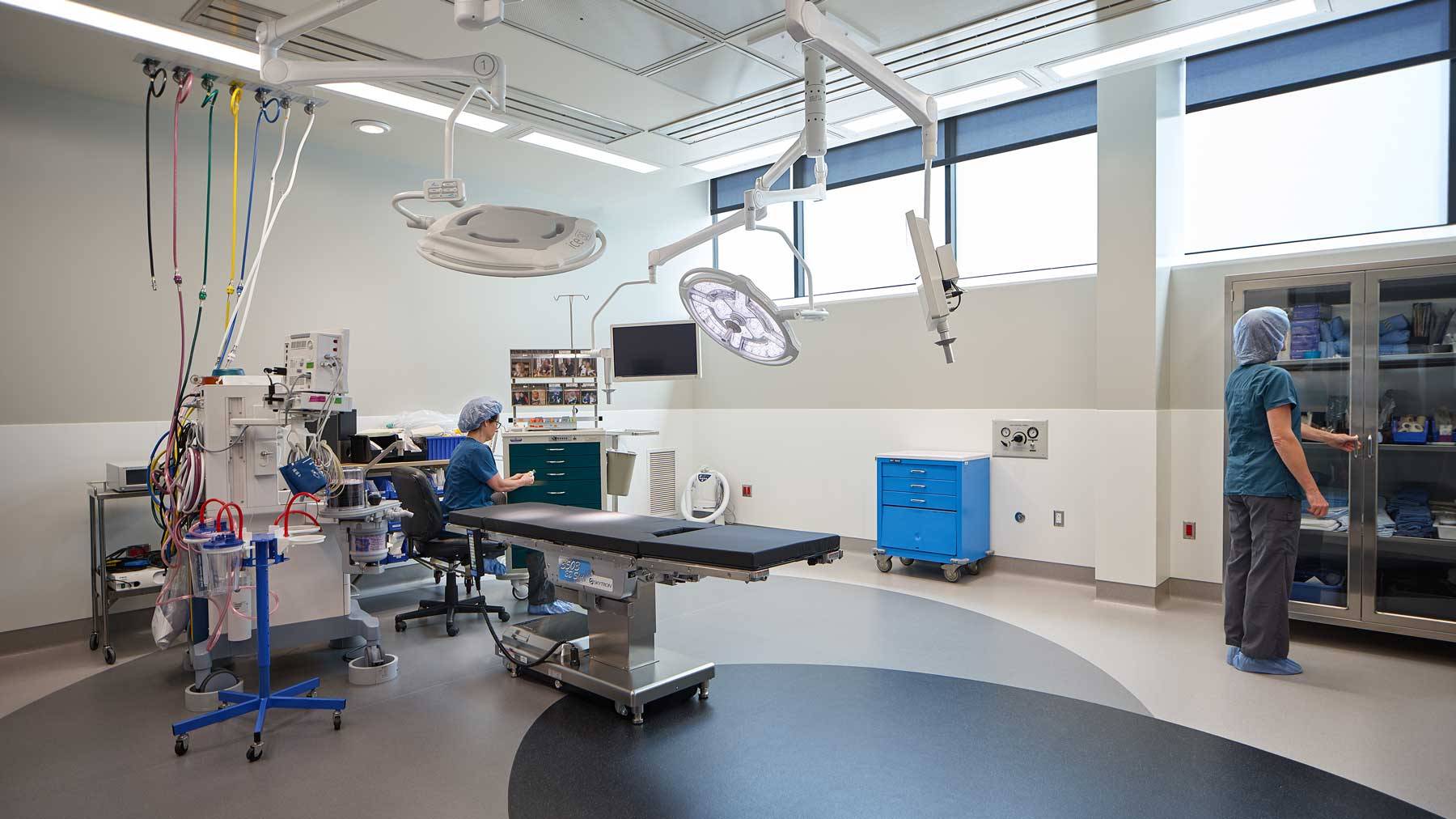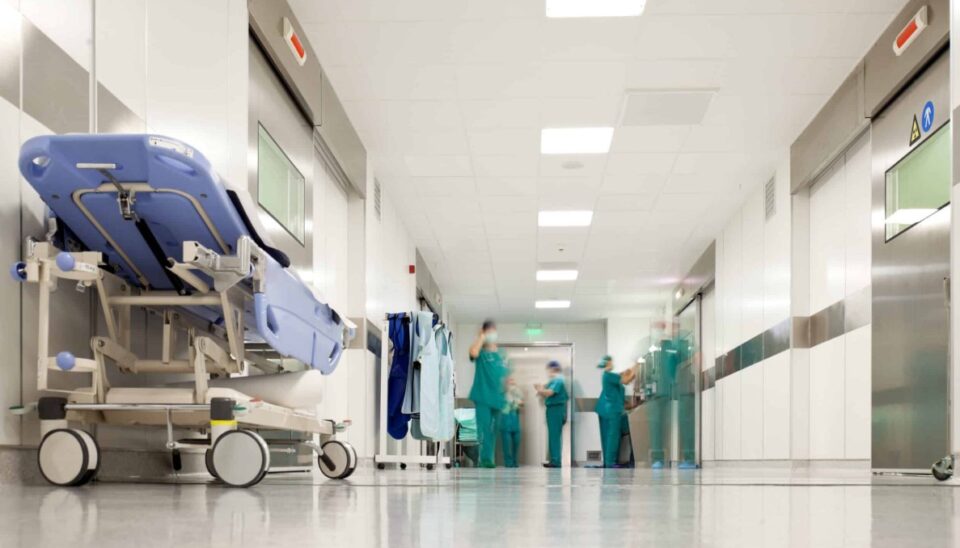The entire range of healthcare consumers today is looking for convenience and full-service medical care, from aging seniors to busy young families. One possible solution is the emergence of the “one-stop-shop” healthcare facility with multiple medical services provided under one facility.
The trend is growing rapidly, as it meets the needs of patients across generations. Older adults benefit from this approach because they rarely want to travel to a variety of offices. Younger people benefit because they need to spend less time away from their busy lives. In other words, multiservice healthcare services are really about bringing care to the patient rather than the patient following care in a fragmented way.
Aging Population Needs Convenience in Care
By 2030, 20% of all Americans will be 65 or older. This elderly aging population normally requires healthcare more aggressively. Almost all seniors over the age of 60 (95%) have at least one chronic disease, and about 80% have two or more. Travel to a variety of specialties and locations can be difficult or impossible for these patients.
Multiservice healthcare centers can address this issue at every level. By providing primary care, cardiology, urology, radiology, labs, pharmacies and more in the same building, hospitals can provide comprehensive, integrated, relaxed, centralized care close to home.
“In an era when time and mobility are at a premium, convenience is often king in healthcare,” says Ben Reinberg, CEO of Alliance Consolidated Group of Companies, noting that older patients greatly appreciate having all their doctors and services in one place.

Busy Families Embrace the One-Stop Medical Hub
It’s not just seniors who value consolidated care, as younger generations and busy families are also driving demand for multiservice medical hubs. Many households today are busy with work, childcare and other activities, meaning limited time to travel to 3–4 medical appointments in various areas of town. A facility that can provide pediatric care, women’s health, urgent care and specialist visits with a “one-stop shopping” approach is a game-changer.
Consider a parent who can take their child for a pediatric check-up, go to their OB/GYN appointment and pick up their medication all in the same center or even on the same day. This service delivery model of care meets the expectations of millennials and Gen Z, who gravitate to on-demand services that are fast and efficient. They are much more likely to pursue their health care needs when they fit seamlessly into their busy lives.
What To Look for in a Multiservice Healthcare Property
There are a number of different factors to consider when looking at the individual properties for multiservice medical facilities, including patient access and more. The specific elements can vary depending on the providers you plan to include, but will often be based on the following attributes.
Accessible Location
Seeing as the healthcare center will become a hub for thousands of patients, accessibility becomes a key part of planning. Investors must look at parking spaces, traffic flow, public transportation options, and even the ease of entry for emergency vehicles.
Type of Facility
Regarding the actual facility, the question typically centers on single-story or multistory. A single-story facility generally offers great navigability, without confusing stairs or elevators. Multistory facilities can effectively separate noisy lounge areas and cafés from the more specialized clinics. Depending on the specific goal for each individual facility, other considerations could be wayfinding, the potential for expansion and general operational efficiency.

Flexible and Purpose-Built Space
The building should accommodate different specialties and services. This includes having the modern building systems such as high-capacity electrical and plumbing to accommodate medical equipment, areas for imaging machines, private consultation rooms, etc.
Integrated Technology Systems
One-stop-shop care works best when there’s a unified system for patient records, scheduling and referrals. A quality healthcare property will have the information technology (IT) infrastructure to support electronic health records (EHR) systems, high-speed internet and telehealth capabilities in every suite.
On-Site Amenities
These combined facilities also offer a range of other interesting ventures, such as general retail stores, cafés, lounge areas and more. The same goes for more specialized commercial activities, such as pharmacies, laboratories, imaging centers, and so on as these amenities help attract new patients and offer greater convenience, leading to better turnover.
Benefits of the One-Stop-Shop Model for Care Outcomes
Beyond the major benefit of convenience, these modern facilities often lead to better overall care of patients, thanks to the efficiency of the overall layout. Patients with multiple needs can access different providers during the same visit, thereby becoming more likely to keep up with their treatment plans and appointments.
At the same time, care is often more collaborative and cohesive in one-stop-shop facilities. Specialists and providers of care can confer about a consistent case easily when they are just steps away from each other’s offices. For instance, a dermatologist and an allergist can discuss a patient’s complicated rash in real time, or a primary physician could walk a patient over to the cardiologist for a same-day consult.

Under One Roof, Access Becomes Outcomes
Better access to care is being realized through these innovative, multiservice healthcare facilities that put patients’ needs for convenience and comprehensive service first. As Reinberg’s experience in medical real estate shows, investing in facilities that prioritize access and convenience is not just good business; it’s an investment in a better standard of care for everyone.

